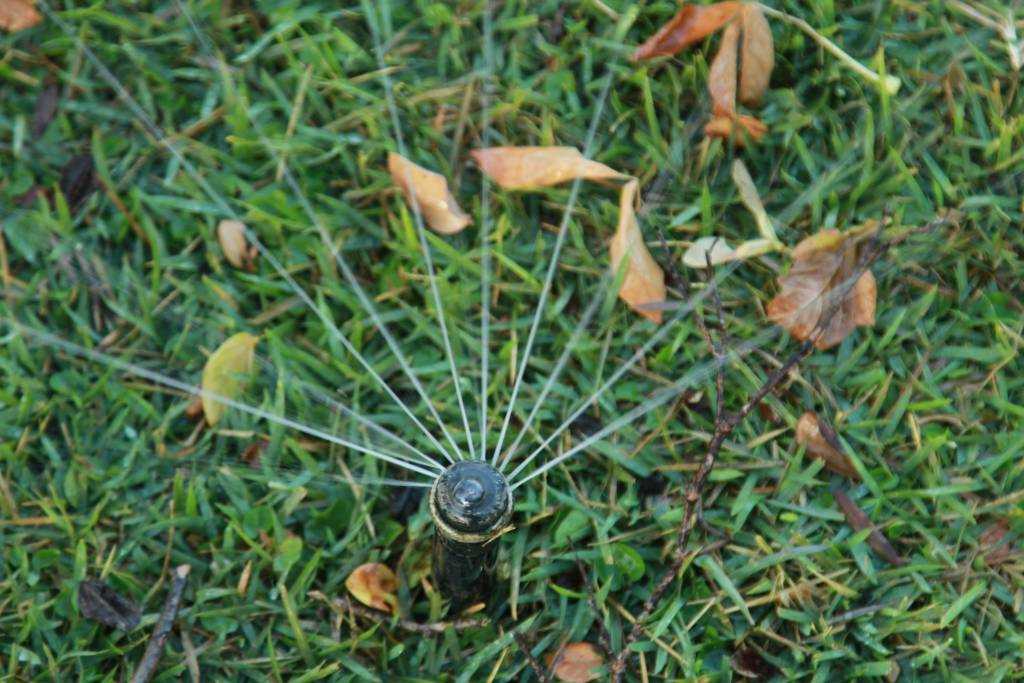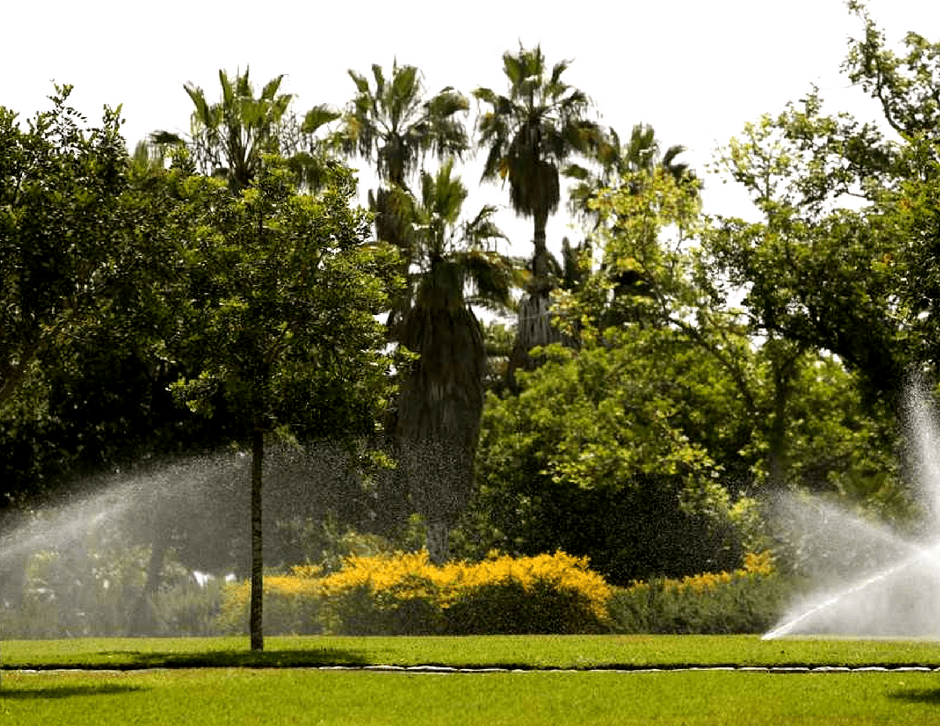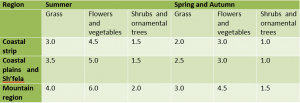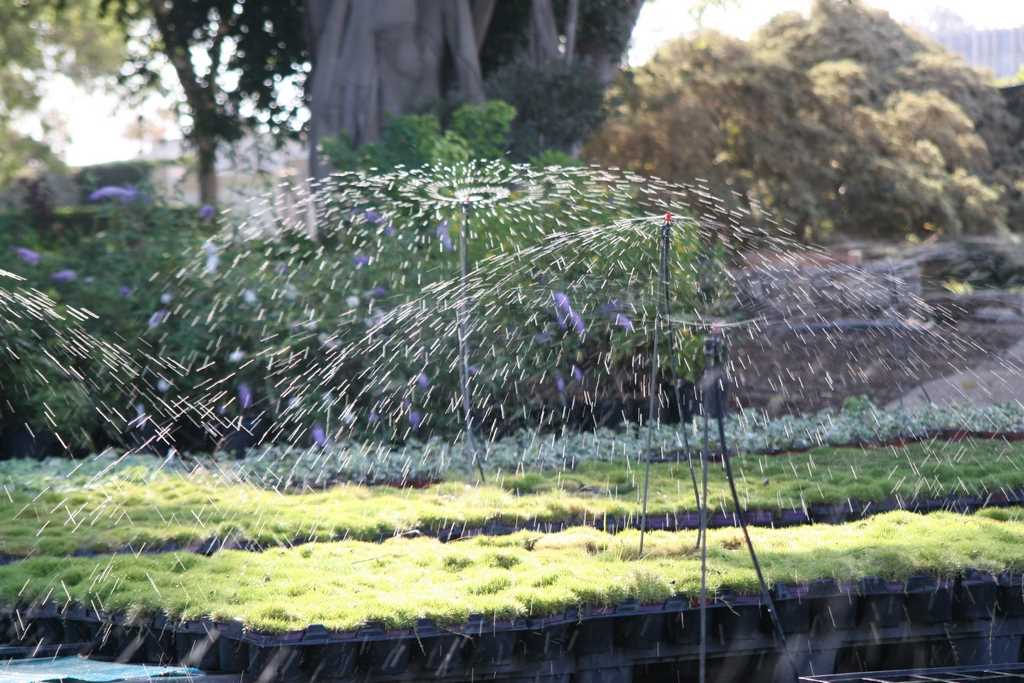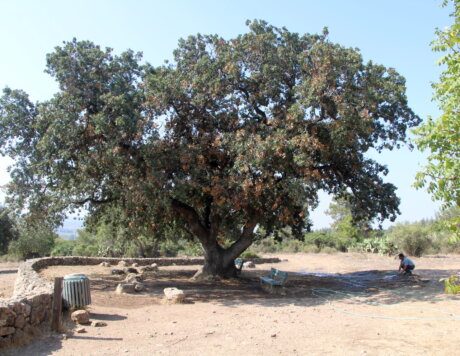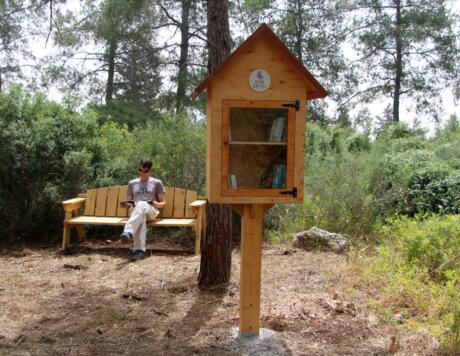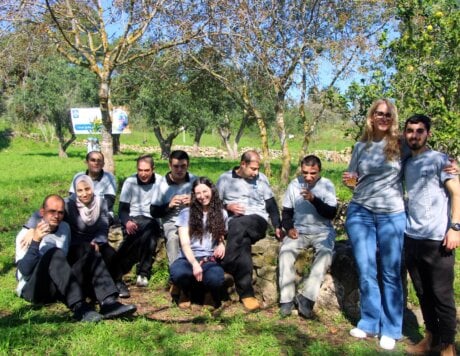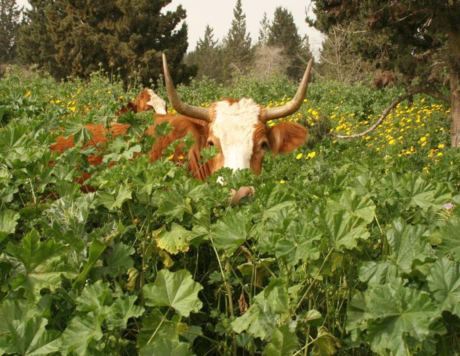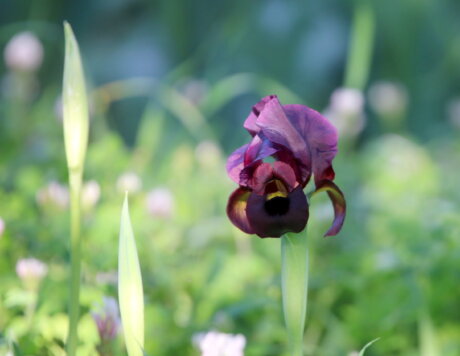A green flowering garden needs water, especially in the Israeli summer. But do we all manage this essential resource optimally? It seems that we don’t. Most of us usually allocate water to the garden according to irrigation time, but if we start irrigating according to the amount of water, we can save on our water bill and we’ll also be contributing our part to the national effort to save water. Because “Israel is drying up” is not just a slogan.
So how do we do it?
First of all, it’s important to measure and know the area we are irrigating.
Second, we should know the amount of water required for our garden – water is measured by volume, not by time, that is, in units of volume – liters, or cubic meters.
It is recommended to install a water meter or timer on your garden’s sprinkler system. If you don’t have one, you can estimate the amount of water


